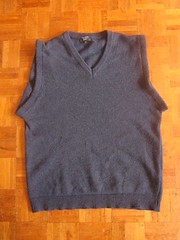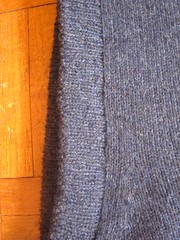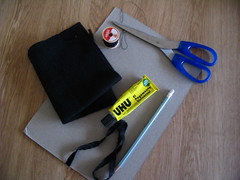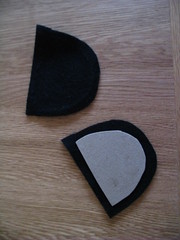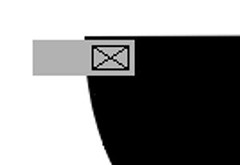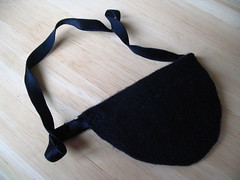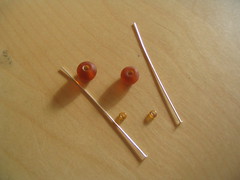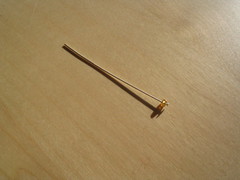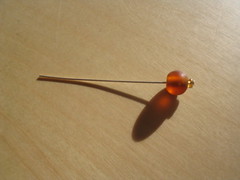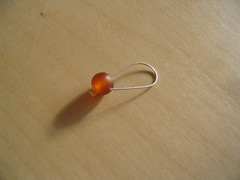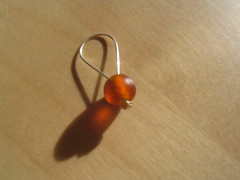Steven discovered recently that two of the smart (shop-bought) jumpers he owns have holes in the elbows.We didn’t spot them until they were well past my darning abilities and I was loth to darn them anyway because both jumpers have a hole in exactly the same place, meaning that any repair would probably wear through again quite quickly.
Steven wasn’t particularly keen on my idea of sewing suede patches on, explaining that even when he was a physicist working at a university he didn’t wear jumpers with elbow patches, but did suggest that I could unravel the jumpers and re-use the yarn. As can be seen from the label in the picture below, this was a very appealing idea.
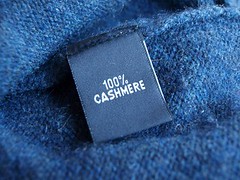
The first step to recycling a jumper to reclaim the yarn is to check the seams. Machine-made jumpers can be manufactured in two different ways. The first is the same as hand-knitting; the pieces are knitted to the appropriate size and shape, and then sewn together — this is ideal for unraveling as you will end up with a single, continuous length of yarn. The second is known as “cut-and-sew”. The fabric is knitted in a single large piece and then the pieces are cut out and sewn together. Unraveling a jumper made this way will result in a lot of short, individual pieces of yarn, which aren’t much good for anything. (Depending on the fibre, you could still recycling these jumpers by felting.)
The picture below is my attempt to show you what a “good” seam for unraveling looks like; it might be better to take a close look at some hand-knitted garments to get the idea.

The next step is to unpick the seams; a sharp seam-ripper is useful but be careful not to accidentally cut the knitted fabric. The pictures below show the under-arm section of the body and the sleeve with the hole after it had been removed.
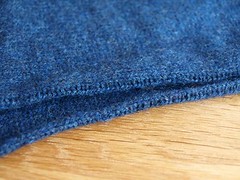
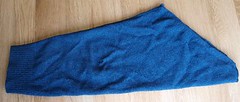
After unraveling, I washed and dried the yarn to get the kinks out. I had wound the into balls as I was unraveling but wound these into hanks for washing and drying. I hung the hanks to dry and hung weights from the bottom to stretch them slightly to straighten the yarn.
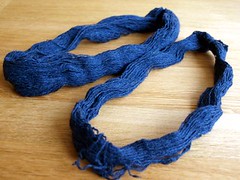
It occurred to me after I had removed the sleeves (and fortunately before I had unraveled anything else) that the rest of the jumper was still in great condition and that it could work well as a tank top, if I knitted some bands around the armholes. Now that I had a large quantity of matching yarn, I experimented a little with needle sizes and stitches, picked up a lot of stitches round the armhole and started knitting.

I’m really pleased with the results; but K1P1 rib takes a very long time with such fine yarn on 2mm needles. Hopefully it will be finished by the autumn since it’s too warm to wear it just now anyway.
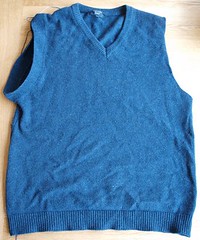
The best bit is that, even when the armbands on this jumper are knitted, I still have another jumper to unravel (it has a round neck so can’t be turned into a tank top) plus nearly 100g of yarn from the sleeves on this one. That’s enough laceweight cashmere to keep anyone happy for quite a while!
